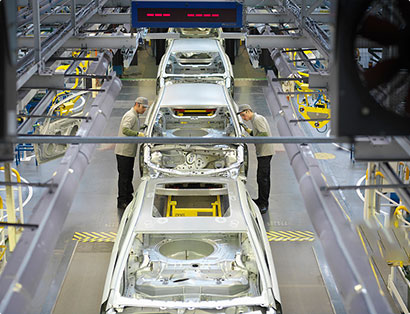
Plasma Cutting

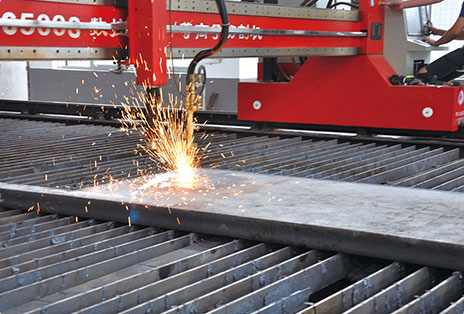
Feature: Fast, Accurate and High Quality
Description: Plasma cutting is a process that cuts through electrically conductive materials by means of an accelerated jet of hot plasma. Typical materials cut with a plasma torch include steel, Stainless steel, aluminum, brass and copper, although other conductive metals may be cut as well. Due to the high speed and precision cuts with low cost, plasma cutting is widely used from large-scale industrial CNC applications to small hobbyist shops.
Cutting Process
The basic plasma cutting process involves creating an electrical channel of superheated, electrically ionized gas i.e. plasma from the plasma cutter itself, through the work piece to be cut, thus forming a completed electric circuit back to the plasma cutter via a grounding clamp. This is accomplished by a compressed gas (oxygen, air, inert and others depending on material being cut) which is blown through a focused nozzle at high speed toward the work piece. Then electrical arc is formed within the gas, between an electrode near or integrated into the gas nozzle and the work piece itself. The electrical arc ionizes some of the gas, thereby creating an electrically conductive channel of plasma. As electricity from the cutter torch travels down this plasma it delivers sufficient heat to melt through the work piece. At the same time, much of the high velocity plasma and compressed gas blow the hot molten metal away, so that to separate the work piece.
Cutting Features:
Material: includes mild steel, carbon steel, stainless steel, aluminum, copper, brass, and other metals.
Plate thickness: 0,8 mm up to 160 mm
Typical: 3 mm up to 75 mm
Cutting Features:
Material: includes mild steel, carbon steel, stainless steel, aluminum, copper, brass, and other metals.
Plate thickness: 0,8 mm up to 160 mm
Typical: 3 mm up to 75 mm
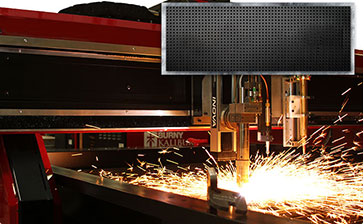
Advantages
Very high cut quality
Smooth, cutting surfaces
Perfect metallurgical surfaces for welding
Medium heat input and small heat affected zone
Excellent cutting speed
Low harding on cutting surface
Low cost per foot of cut
Smooth, cutting surfaces
Perfect metallurgical surfaces for welding
Medium heat input and small heat affected zone
Excellent cutting speed
Low harding on cutting surface
Low cost per foot of cut
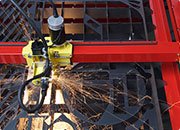
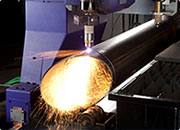
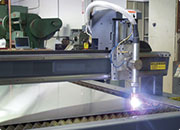
Application
Plasma cutting is often used in fabrication shops, automotive repair and restoration, industrial construction, and salvage and scrapping operations. It is mainly used in automobiles, locomotives, pressure vessels, chemical machinery, nuclear industry, general machinery, construction machinery, steel structures, ships and other industries.
